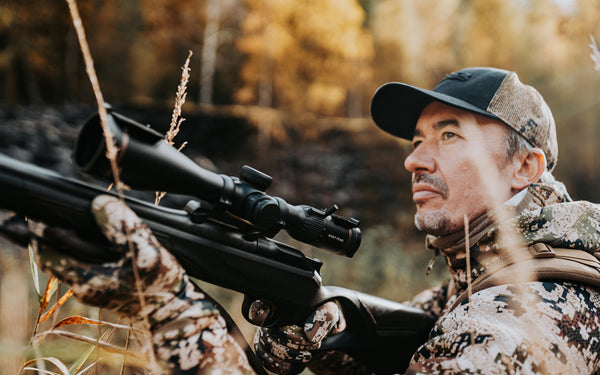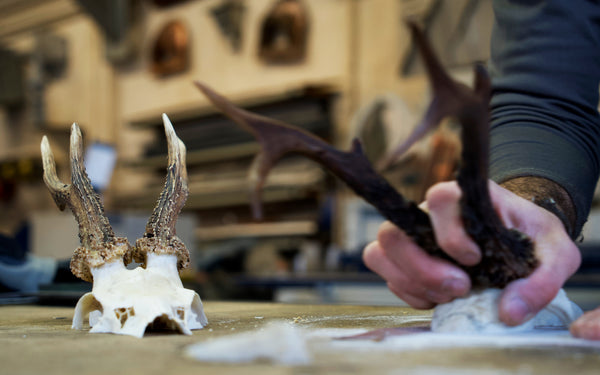Wild Boar
by Kristian Bjerre | @ull_berg
For Swedish big game hunters, three things are undeniable truths; it is illegal to fire your firearm up until one hour before sunrise, the moose is the king, and you need to have a tracking dog available within two hours, on site, if you are going hunting. For many, the first two are easy to relate to. The sun rises for a long time in Sweden, and as such it is light for a long time before the rays even hit the red barn. The moose is, after all, the traditional big game animal, which you could argue that have had some responsibility to feed Swedes through the ages. It is so valued, in fact, that the Swedish king reared moose to hunt on the island of Djurgården, which now lies basically within central Stockholm. With around 100 000 shot nationally per year, there is a lot of healthy meat available across the country.
That last one though, common in many other countries in Europe, for good reason. As we all strive to reach our goals as hunters, the last hurdle of actually reeling in the catch often gets little attention. After all, we strive to use the best gear available to ensure that we can reach the target we left the comfort of our homes to pursue. We put emphasis on sound so we can cut the distance, to not startle animals and cause a stressed situation. We strive to go out as light as possible, but still keep our bodies warm which enables us to stay out for longer. We also fine tune our rifles and bows to shoot straight and avoid any mishaps on the way. Still, as we all know, mistakes do happen. And this is where the dog comes in.
I have grown up with labradors, which covered my hunting needs. Pigeon hunting in early august, and for blood tracking the rest of the year. However, we should not overlook the companionship a dog gives you. Through my 32 years I have seen two dogs come and go, and the third one is edging towards retirement. Furthermore, as the saying goes; a lab is born half trained. This does not mean you do not need to put in the hours in the field, but rather that the more effort you put in will give you results from the start as you don’t have to work on basic behaviour. They are attentive to their owner, and from my experience, will mostly do short searches and come back to me to check in. Over the years, however, this has shown to be an asset which makes searches for particularly wild boar easier. Let me explain.
As you can see in the film above, the grounds I hunt on is mixed pasture land with wetlands encircling the area. In the past years wild boar have invaded the area in great numbers; nationally 160 000 were shot in Sweden in 2019, up from an estimated population of 1000 animals in the 1970’s. Although sweden is covered with forest, around 70% of it in fact, the mixture of forest and farmland, with lakes and wetland dispersed in between, is the perfect mix for wild boar. However, this presents a danger for hunters as a search in the reeds can be risky unless you are prepared for it. Which is why we have adapted our tracking technique accordingly.
Up until recently, we have always tracked roe deer and moose with a lead. The thought being if you are in control of the dog, you can make sure it does not move too quickly. Our experience with working with labs, however, has been that they naturally, and instinctively, follow the trail closely without rushing. Dropping the lead was a natural step to avoid occupying one hand when you are holding the rifle in the other, which is often the case with wild boar.
The way we have worked our labs starts with a bit of a ritual. A good search starts, as you can in the film above has a few steps to it. First, a few calm steps to reach the point where the animal was shot. Then letting the dog go, which, if done properly, should result in the dog running in a fanning motion, or circles. Remember the wild boar explosion since the 1970’s? There are a lot of tracks to make out, and the dog does this to ensure it is on the right one. As a side note, if there are no attractive trails for the dog, it will return back to you and the search can recommence, which is exactly what our lab, Mille, does in the film above. You are in control, and the dog knows it. As the trail gets hotter, the dog will get more purposeful, and calling out to communicate where you are assists the dog in not getting carried away.

Although the search above was a short search for a dead animal, albeit without any significant blood trail, the technique looks very similar in the case of a wounded animal. The important factors can be split in two parts; training through exposure, and communication. Whenever we have a downed animal, be it roe deer, moose, or wild boar, we always get the dog out. Repetition and exposure live in the field is valuable both for the dog, but also for you as a handler to know how the dog reacts. Little changes in how they hold their heads, the path of the search etc. can reveal a lot of things about the search. It is a way for the dog to familiarise itself with searching a live trail, but also for you to familiarise yourself with the dog. Communication in this case means communicating to the dog what is happening. Going through the ritual of heeling the dog as you calmly step forward to the place of the shot communicated to the dog what to expect. Despite dogs having a nose that is somewhere between 10 000 and 100 000 more acute than ours, I firmly believe they understand the seriousness of the situation if it is communicated this way.
As we discussed earlier, you are required to have a tracking dog at hand by law in many places across Europe. We spend a lot of time and attention across the whole hunting process, from securing the best land, through using the best gear designed to keep you going and achieve success. And the final piece of the puzzle is a dog that can help you over the line, if that deer or wild boar takes to running after the shot. Having grown up with tracking dogs at hand my entire life, I am aware of the help you can get when the plans go out the window.
Kristian Bjerre | @ull_berg




